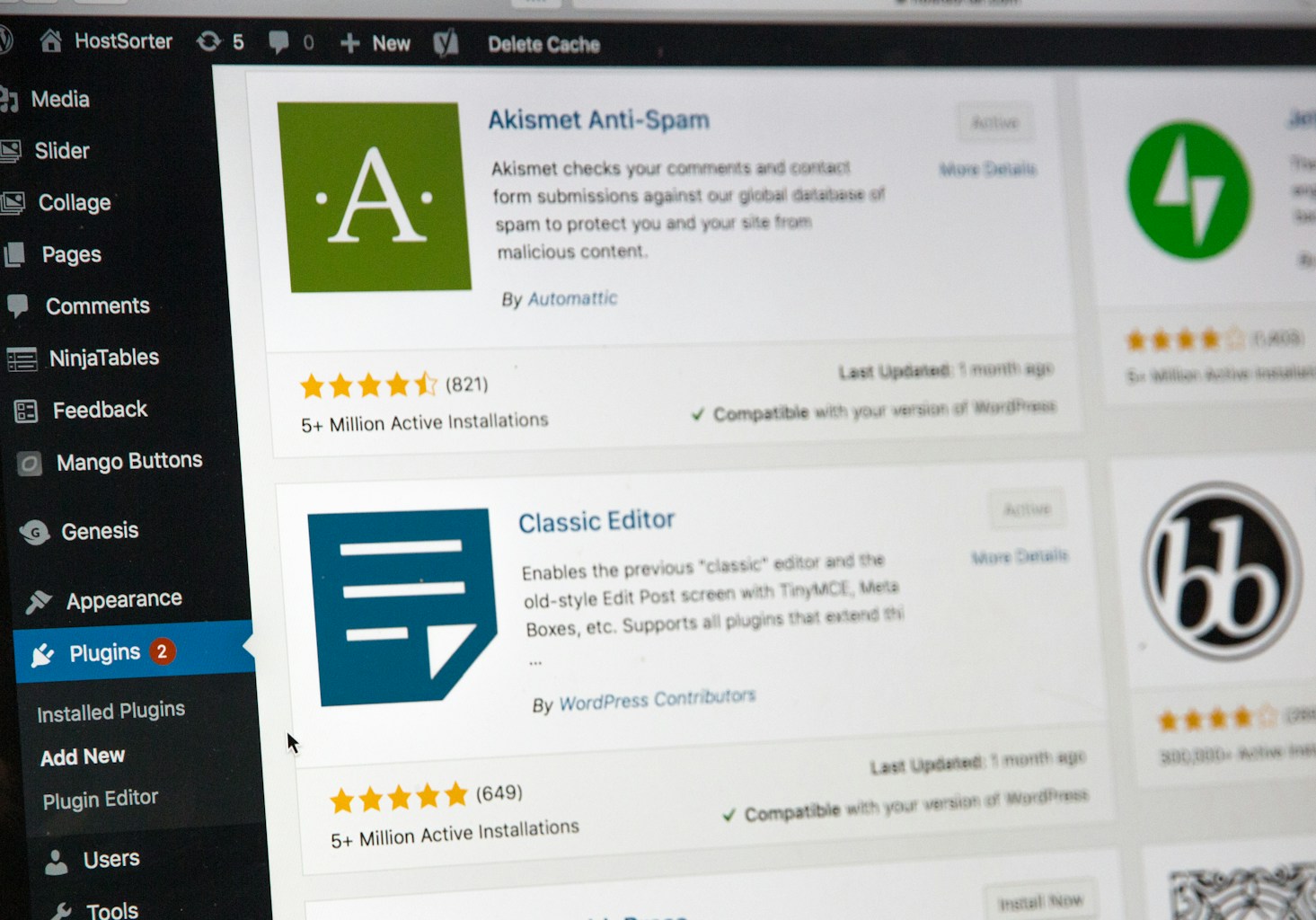Making updates to your WordPress site is an essential part of maintaining its functionality, appearance, and relevance. However, mistakes during content updates can lead to broken layouts, missing content, or even a completely inaccessible website. Fortunately, knowing how to restore WordPress after a content update gone wrong can save your site and your sanity.

This guide walks you through a step-by-step process to recover your WordPress site, ensuring you’re back online as quickly as possible.
Why Restoring WordPress is Essential
Content updates can go wrong for several reasons, including:
- Plugin or theme conflicts
- Human errors during edits
- Database corruption
- Issues with WordPress core updates
When such problems arise, restoring your WordPress site to a functional state minimizes downtime, prevents data loss, and preserves your SEO rankings.
Preparation: Backups are Key
The first step to restoring WordPress is having a reliable backup strategy in place. Regular backups ensure that you can quickly revert to a previous version of your site when something goes wrong.
How to Set Up Backups
- Use a Backup Plugin
Install a plugin like UpdraftPlus, BackupBuddy, or Jetpack Backup to automate backups. - Store Backups Safely
Save your backups in a secure location, such as cloud storage (Google Drive, Dropbox) or an external server. - Schedule Regular Backups
Set up daily or weekly backups depending on how frequently you update your content.
External link example: Learn more about creating WordPress backups.
Step 1: Assess the Damage
Before attempting to restore your WordPress site, identify the specific problem caused by the update. Common issues include:
- Missing or corrupted content
- Site layout breaking
- Plugins or themes not functioning
- The site displaying the “White Screen of Death”
To pinpoint the issue:
- Check your WordPress admin dashboard for error messages.
- Use browser developer tools to identify missing resources or errors.
- Access your hosting control panel to view error logs.
Step 2: Restore WordPress Using a Backup Plugin
If you have a recent backup, the easiest way to restore WordPress after a content update is through your backup plugin.
Steps to Restore with UpdraftPlus
- Log in to your WordPress admin dashboard.
- Go to Settings > UpdraftPlus Backups.
- Locate the most recent backup and click Restore.
- Choose the components to restore (e.g., plugins, themes, database, uploads).
- Confirm the restoration process and wait for it to complete.
Once restored, verify that your site is functioning correctly.
Step 3: Restore WordPress Manually
If a backup plugin isn’t available or fails, you can manually restore your site by uploading the backup files and database.
Restoring WordPress Files
- Access Your File Manager or FTP
Use your hosting file manager (e.g., cPanel) or an FTP client like FileZilla to access your site files. - Delete Corrupted Files
Remove the problematic files (e.g., a corrupted plugin or theme) from thewp-contentfolder. - Upload Backup Files
Replace the deleted files with your backup copies.
Restoring the Database
- Log in to phpMyAdmin
Access phpMyAdmin via your hosting control panel. - Select Your Database
Choose the database associated with your WordPress site. - Import the Backup File
Click Import, select your database backup file (.sql), and upload it. - Update wp-config.php
If the database name or credentials have changed, update thewp-config.phpfile with the correct details.
External link example: Follow this guide on restoring a WordPress database.
Step 4: Troubleshoot the Specific Issue
If restoring your site doesn’t fully resolve the problem, troubleshoot further by addressing specific content issues.
1. Plugin or Theme Conflicts
- Deactivate All Plugins: Temporarily deactivate all plugins to see if one is causing the issue. Reactivate them one by one to identify the culprit.
- Switch Themes: Activate a default WordPress theme (e.g., Twenty Twenty-Three) to rule out theme-related problems.
2. Missing Media Files
If images or other media files are missing:
- Re-upload the missing files via FTP or the Media Library.
- Use a plugin like Regenerate Thumbnails to restore image sizes.
3. Database Connection Errors
Verify that your wp-config.php file has the correct database name, username, and password. Check your hosting provider’s settings if needed.
Step 5: Restore WordPress Core Files
If the WordPress core files are corrupted during an update, re-uploading them can resolve the issue.
Steps to Restore Core Files
- Download a Fresh Copy of WordPress
Get the latest version from wordpress.org. - Upload Files via FTP
Replace thewp-adminandwp-includesfolders with the freshly downloaded ones. Avoid overwriting thewp-contentfolder to preserve your content. - Run Database Upgrade Script
If prompted, visityourwebsite.com/wp-admin/upgrade.phpto upgrade the database.
Step 6: Test Your Site Thoroughly
After restoring your site, test all functionalities to ensure everything is working as expected. Key areas to check include:
- Navigation menus
- Contact forms
- Plugins and widgets
- Mobile responsiveness
Preventing Future Issues
To avoid similar problems during future updates:
- Use a Staging Site Test updates on a staging environment before applying them to your live site. Many hosting providers, like SiteGround and WP Engine, offer staging environments.
- Update Plugins and Themes Regularly Outdated plugins and themes are common sources of conflicts. Always use the latest versions compatible with your WordPress core.
- Document Changes Keep a record of updates made to your site, including plugins installed or content changes, to make troubleshooting easier.
Final Thoughts
Restoring WordPress after a content update gone wrong may seem daunting, but with the right approach and tools, it’s manageable. By maintaining regular backups, testing updates on a staging site, and understanding how to restore files and databases, you can minimize downtime and keep your site running smoothly.
Start implementing these strategies today to safeguard your site and prepare for any unexpected issues. For more guidance, visit the WordPress Support Forums or consult with a professional WordPress developer.



